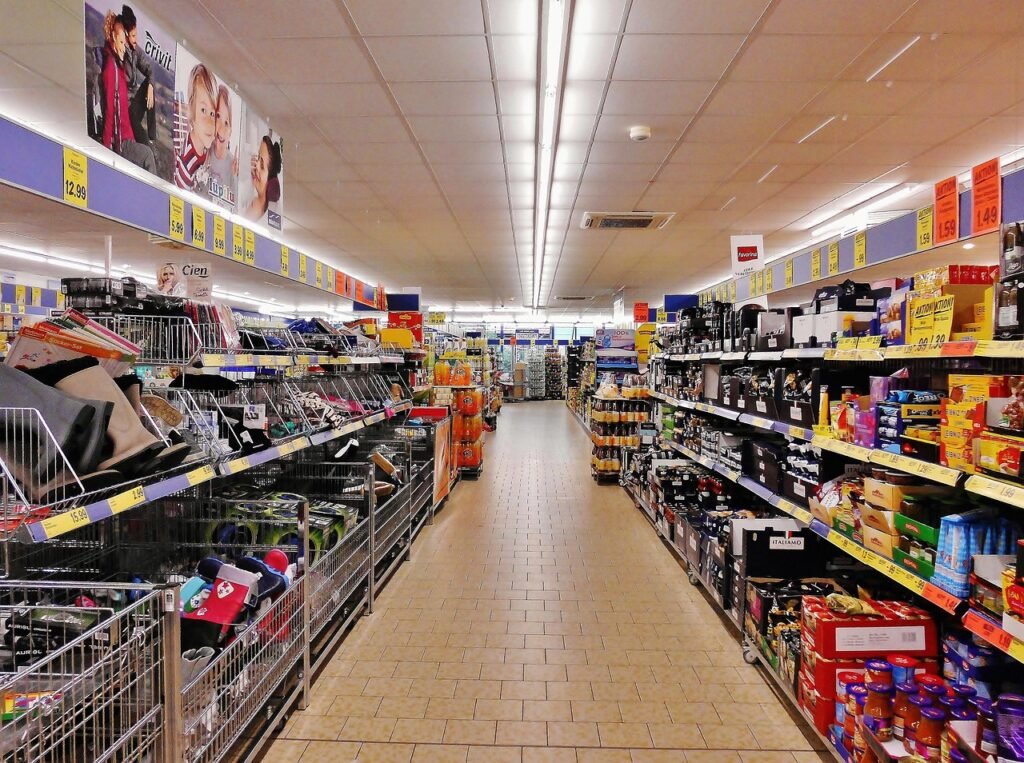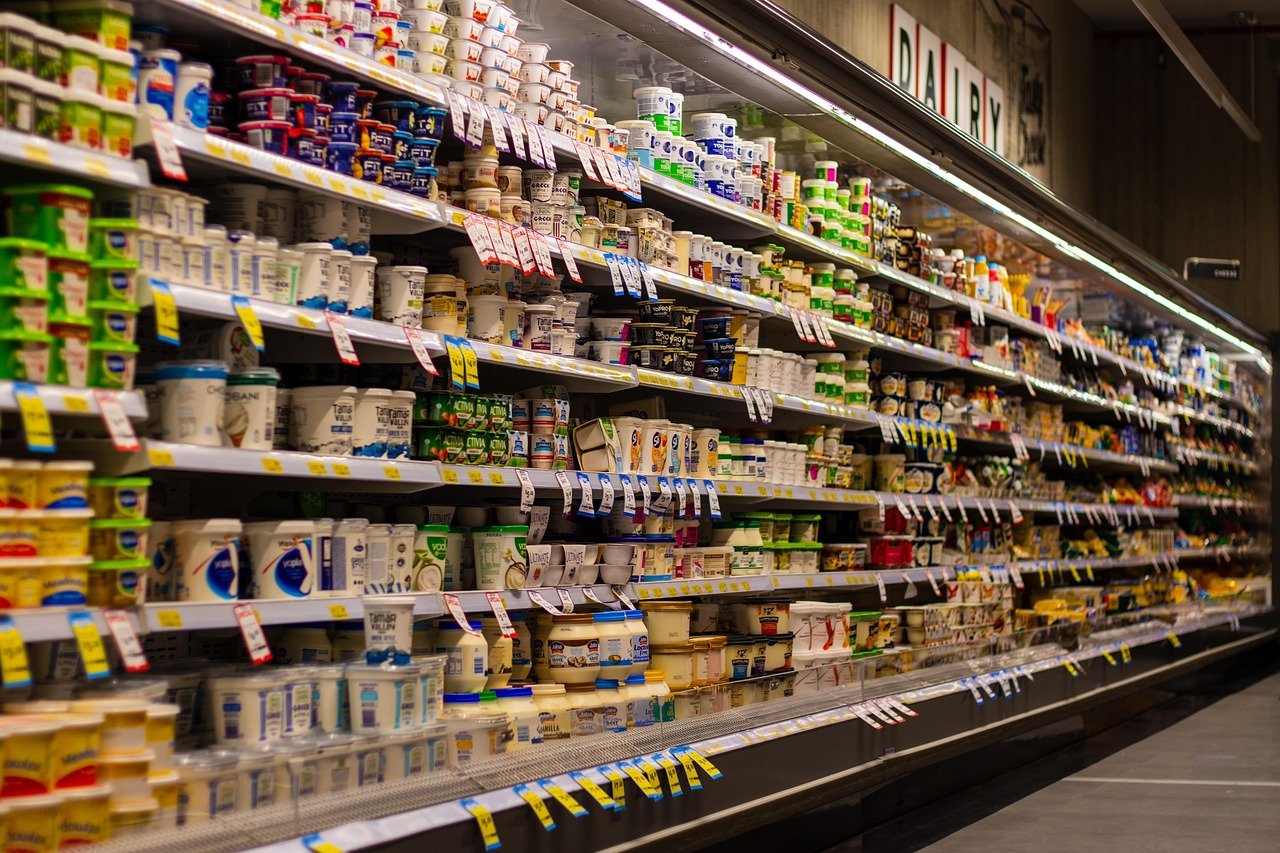Chain stores have long been pillars of the British high street. Brands like Tesco, Marks & Spencer, Boots, and Sainsbury’s shape the daily shopping experience for millions. In 2025, the UK retail landscape faces rapid transformation, shaped by economic pressures, shifting consumer expectations, and technological advancements.
The Modern Chain Store: Still Central, but Changing Fast
Despite familiar names, British chain stores look very different compared to ten years ago. High-profile closures of Wilko, Laura Ashley, Debenhams, and sections of the Arcadia group demonstrate how even trusted brands struggle to adapt to new retail realities. Boots, once ubiquitous, announced the closure of 300 outlets in 2024. Marks & Spencer and WH Smith continue to downsize their in-town presence, shifting attention to more profitable locations or online channels.
This wave of closures is not just about poor performance. The very nature of shopping in the UK has changed. According to YouGov’s 2024 survey, 46% of Britons aged 25 to 39 favour online shopping for clothing and shoes. Older generations prefer the high street, but face dwindling options as local stores vanish. In 2024 alone, statistics suggested Britain lost up to 37 shops each day—a trend that has barely slowed in 2025.
Sales Growth Masked by Ongoing Pressure
While the headlines focus on closures, not every story is grim. Retail sales rose 2.5% year-on-year in July 2025, according to the British Retail Consortium, outpacing the previous 12-month average. Food sales led the way, climbing 3.9% as supermarket chains responded to changing consumer habits and cost-of-living pressures.
Yet growth barely covers increased costs for retailers. Price wars—particularly in groceries—intensified throughout 2025. Tesco, the UK’s largest supermarket, expects profits this year to be up to £400million lower as rivals drive down prices and families look for bargains. Still, sales at Tesco grew 4% in the latest 12-month period, topping £63billion, with price cuts helping overall volumes.
Ken Murphy, Tesco’s chief executive, commented that the ongoing competition should provide relief for families facing rising bills. But he acknowledged the strain on store profitability as costs like wages and national contributions climb.
Cost of Living and Shoppers’ Response
The biggest shift powering chain store news in 2025 is the cost-of-living crisis. Supermarkets have responded by slashing prices, expanding value ranges, and introducing deals like Aldi price-matching and Clubcard discounts. According to Tesco’s own reports, average prices have fallen by 12% on more than 4,000 product lines since 2023. Such measures have proven popular, with Clubcard holders saving over £350 annually.
Meanwhile, chains are finding creative ways to support communities. Tesco’s “children eat free” café programme served more than 450,000 meals last year, helping families during school holidays. New schemes offer further support, like freezing mobile plan prices for Clubcard holders and extending free EU roaming.

Footfall: Who’s Shopping, and Where?
Despite rising sales, chain stores are grappling with declining footfall. In July 2025, total retail footfall fell again, down 0.4% for the second consecutive year. Shopping centres recorded smaller drops, while retail parks rebounded with increased visitor numbers. Traditional high streets, however, continued to suffer, with a 1.7% year-on-year decline.
Not all cities are affected equally. Manchester, Birmingham, and Leeds saw increased visits, while Wales managed a modest uptick in footfall as England, Scotland, and Northern Ireland lagged behind.
Industry leaders, such as BRC’s Helen Dickinson, warn that only substantial reductions in business rates and broader government support can reverse widespread closures. The risk is clear: if chains exit the high street, smaller shops lose anchor stores that guarantee shoppers in town.
Key Trends Shaping Chain Stores in 2025
Retail is not standing still. Smart technology, AI-driven personalisation, and omnichannel shopping continue to redefine the chain store experience. Payment systems, contactless shopping, and loyalty integration (including platforms like Stripe, Square, and Shopify POS) are now standard. Shoppers expect seamless brand experiences across in-store and online channels.
Sustainability is another major driver. Over 46% of global consumers, including Britons, prefer brands with ethical and green credentials. Chains like ASOS and Ikea respond by introducing resale platforms, recyclable products, and circular economy programmes. Even fast fashion retailers now offer repair services and educate consumers about responsible consumption.
Social commerce—a blend of social media and shopping—has become a lucrative channel for chain stores. Platforms like Instagram, TikTok, and Facebook allow buyers to discover and buy products instantly, increasingly favoured by Gen Z.
Looking Forward: Reshaping the High Street
The high street may look emptier, but chain stores are not disappearing. Instead, they are reimagining their roles. Experiential “retailtainment” is growing, with stores offering entertainment, interactive technology, and community programmes. Mixed-use spaces blur the lines between retail, leisure, and local service.
Retail leaders remain confident that innovation and adaptability will define the future. By embracing both technology and social responsibility, chain stores can weather the storm of closures and cost pressures, offering British shoppers value, convenience, and a sense of community once again.
In summary, the UK chain store sector in 2025 is dynamic and unpredictable, buffeted by external forces but also brimming with creativity and resilience. Shoppers are changing, and chain stores will have to change with them—finding new ways to serve communities, cut costs, and create experiences that bring people back to the high street.
Read more: xavi simons




